For those of you who think a “motorcycle should look like a motorcycle” rather than a hybrid with an airplane, we have good news. Wings on MotoGP race bikes will be illegal beginning with the 2017 series, according to a ruling made by the Grand Prix Commission this past weekend.
The ban on wings resulted from the failure of the MSMA (Manufacturers Association – consisting of the race bike manufacturer representatives) to reach an agreement on rules for the future use of wings in the MotoGP class. As with everything else in Grand Prix, it is possible that wings could be approved for future use if the ruling bodies have a change of heart.
Ducati might be the biggest loser here, as it has used wings longer, and perhaps more effectively, than the other race teams.
See more of MD’s great photography:
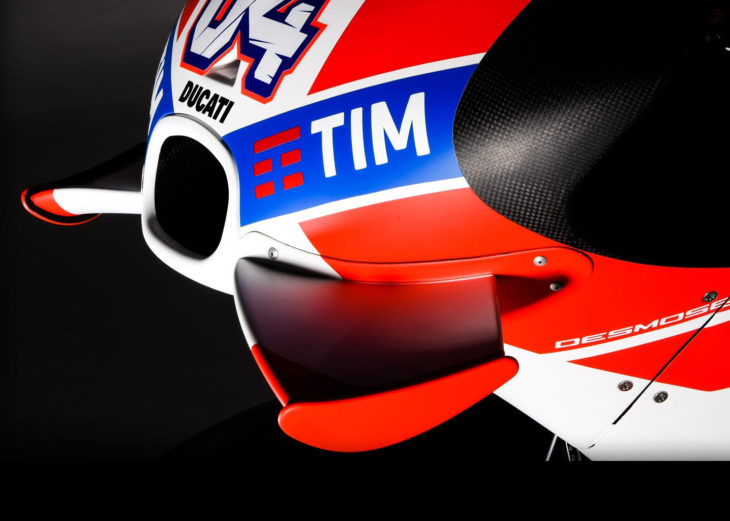

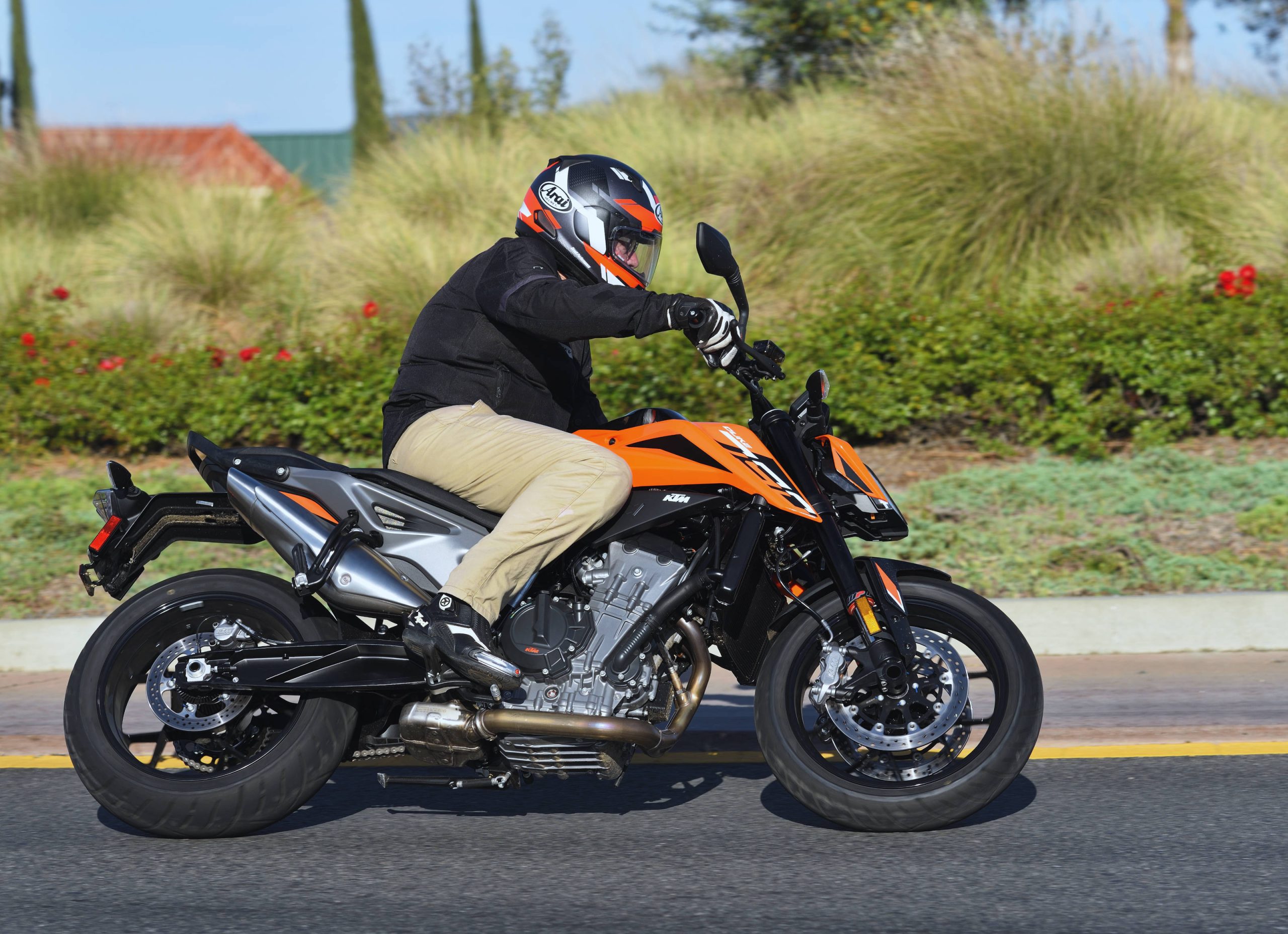
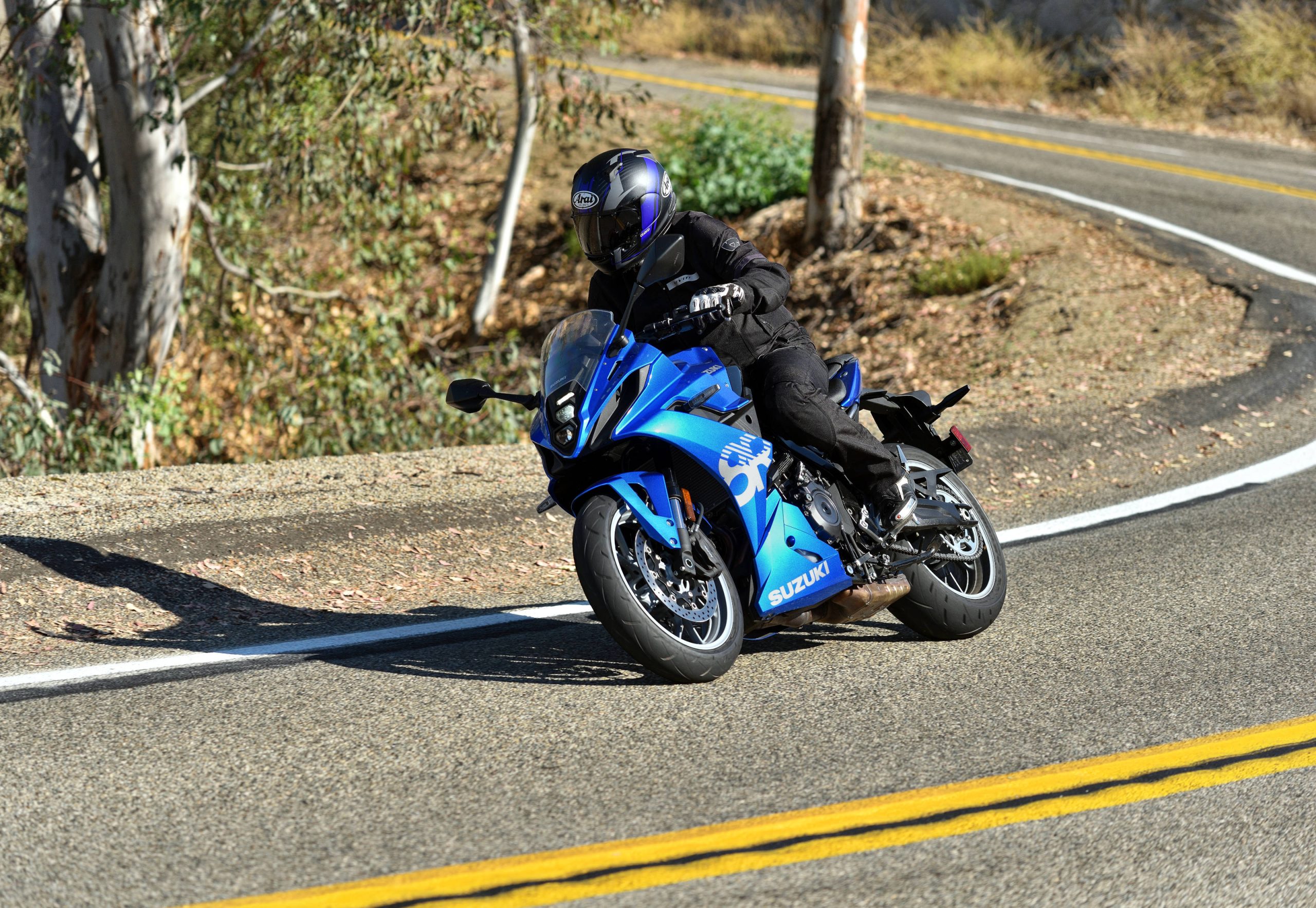
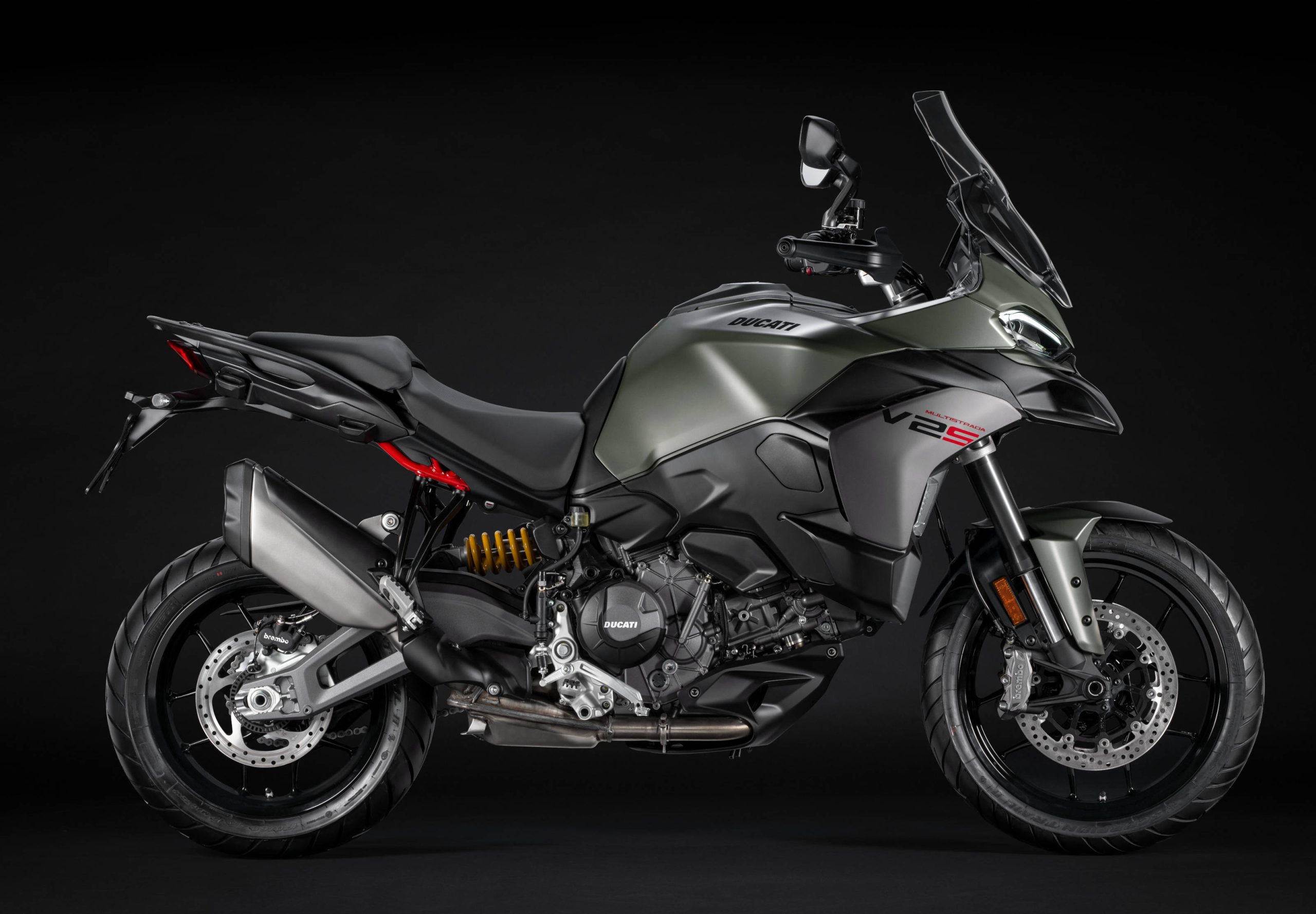
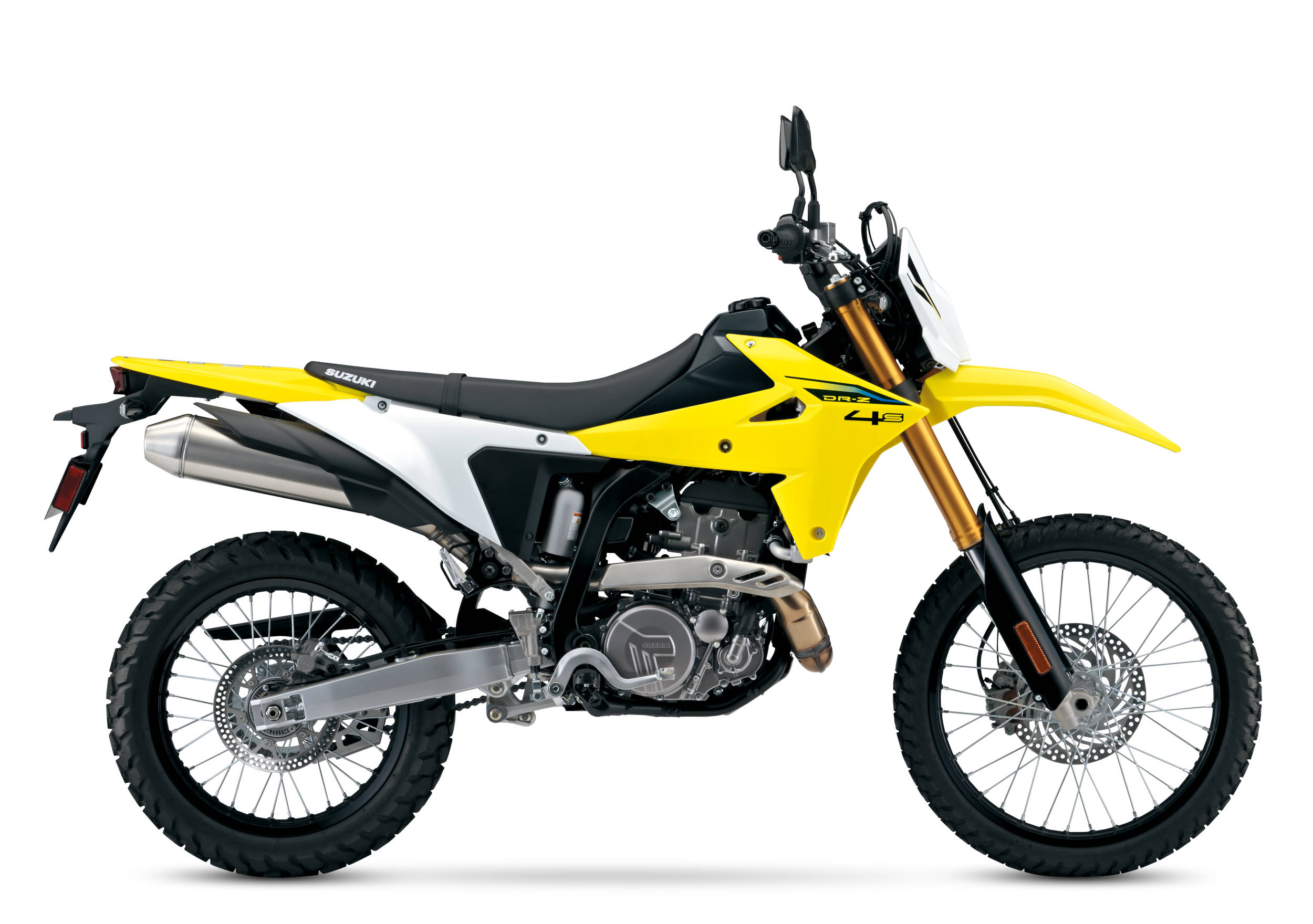
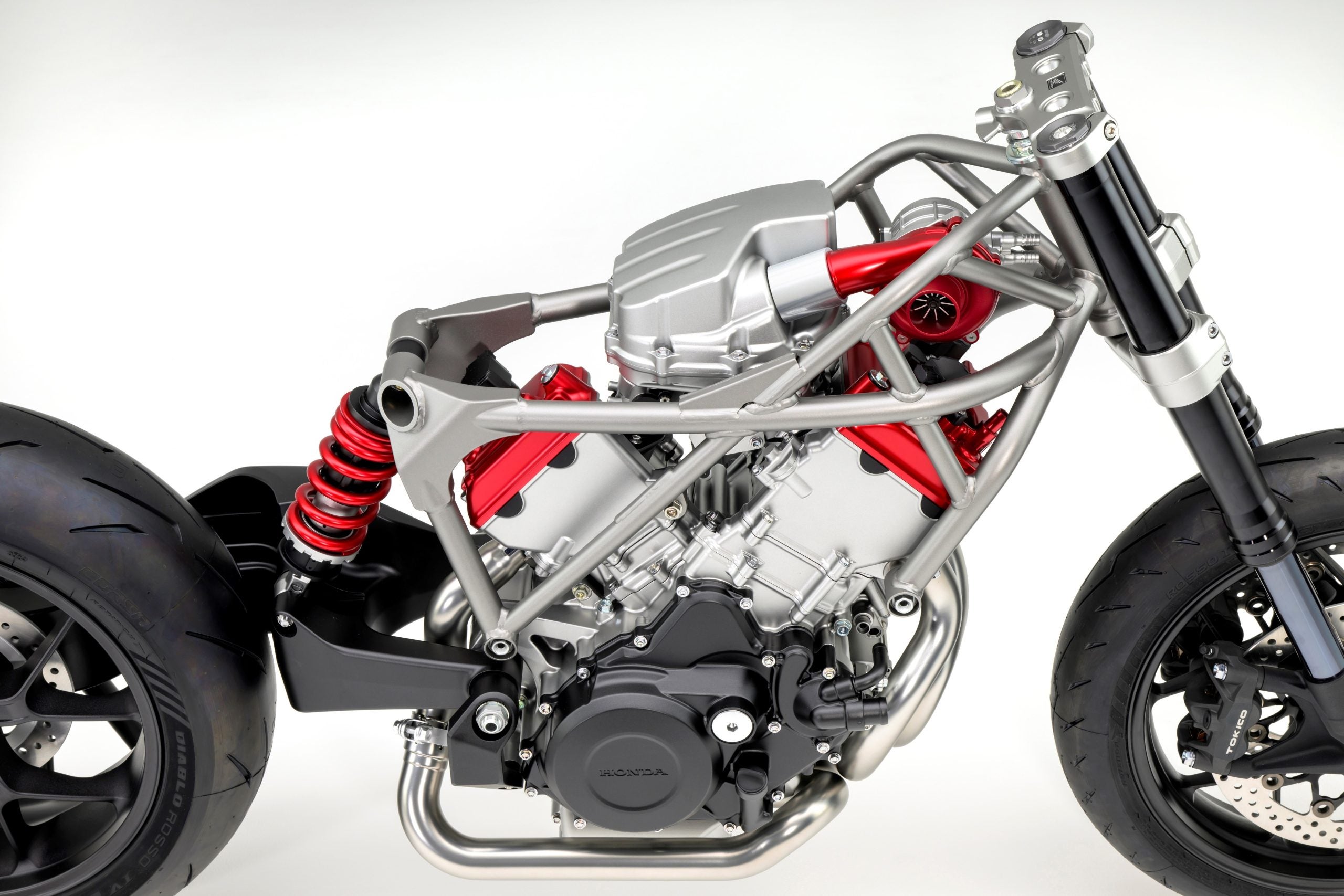
Other than Kawasaki’s H2, I’m surprised we haven’t seen this as a styling cue on street bikes yet. After all, there aren’t many manufacturers unwilling to take an over-the-top styling misstep anymore. Superfluous bodywork has been in vogue for some time now.
Actually BMW used them 30 years ago on their R100RS and R100RT series
Where, exactly?
Ah, OK, the RS version.
would a beak be legal
I want one with talons.
Nope, can’t do wings
dustbin fairings
wheel rims wider than 6″
more than 4 pistons
intercom
weight advantage
develop own software
help me here fellas, name more….
Vanilla racing by dumbing down any new thinking. It probably won’t be long before riders weights will be summed up for total bike/rider weight package.
The closer the equipment is to being the same, the better the racing is, 100% of the time. Moto2 and Moto3 produce far better, more exciting racing than MotoGP does, every single week.
Moto3 is a prototype class for the most part (I read the bikes can cost up to 4x as much as a Moto2 bike), and I believe it offers the best motorcycle racing experience one could ever hope to witness. I think what makes Moto3 racing so great is that the slower speeds combined with the invincibility of youth of the very young riders equates to some much more daring passes. It also makes slip streaming an extremely important strategy that can launch someone from 8th position to 1st by the time the turn 1 apex approaches, and that is always entertaining.
Moto2 is the “closest” machinery I can think of with pretty much the exact same machinery down to the frame (for all but the 3 or 4 riders now who don’t use Kalex?), and yet the Moto2 racing action looks very similar to MotoGP racing most of the time, IMO. Your opinion of that obviously differs.
So while I agree that there is a (cost) balance that needs to be achieved to keep racing exciting, it hasn’t been my experience that closer machinery always achieves better racing.
I think the lack of bike-paddock communication is one of the best things about MotoGP. Hope that never goes away…
+1
I do enjoy the nick name of Jack on his pit board. The Holier than Thou crowd must be besides themselves trying to get it banned.
I would like to see the bike and rider figured into the weigh minimum. Though I would hate to see a class porked up to allow for some 300 pound rider. Not that it would get me to watch or attend MotoGP. They gave up that when they dumbed it down for the four strokes.
To my mind the next step is steam powered GP bikes. That would be the logical progression.
Four strokes were the best thing to happen to GP Racing. They stuck with two strokes WAY past their relevancy..
I disagree Will, the 2Ts produced some wonderful racing from the 60s with Walter Kaadens MZs to the 2000 shutdown of the class. And of course in the first year of MotoGP were the 2Ts allowed 990ccs? Why not???
I suppose also I considered the capacity classes to be somewhat “sacred”. 500 – 250 – 125.
Maybe someone at Ducati angered someone in the high office at MotoGP….
Let ’em go.
If I were riding one of these, I’d be wondering about being speared by one of those “winglets”.
Plus, they look stupid, and don’t worry, because we’ll have another questionable technical “advancement” to ponder before long, anyway. 🙂
I thought the big issue was safety, mainly riders being concerned with being struck by a bike with a lot of extra appendages that could injure you.
Yeah, never mind the wheels, blistering hot brakes, metal tube forks, exhaust pipes, flammable liquid flying everywhere, and the lethal chain whipping around. It’s the wings that make it dangerous.
The riders saw it as a safety issue, I guess you know more about racing than they do.
+1 to this. The UCI is currently having a similar facepalm moment with disc brakes on road bicycles. Never mind the fact that there are other more dangerous risks that could easily be mitigated, such as poor race traffic control.
I think you have to really try hard to get injured by a soft flappy piece of blunt plastic.
The official position has more to do with cost control and preventing an ‘arms race’ that could disadvantage teams with smaller R&D budgets.
High lift airfoils on light weight, fast machines, are almost inherently dangerous. F1 gets away with it by their cars being so low and wide it is virtually impossible for the air to come at the foils from an unexpected direction. Heck, they’re making the cars even wider next year, to ensure they remain flat running, almost no matter what.
A bike’s orientation to the oncoming air is so much less predictable, yet the light weight makes any potential advantage from aero appendages even greater, meaning you’d end up with bikes that could go much, much faster than unaided, right up until a stall of some sort. A which point you are so far beyond any means of recovery it’s nothing but a crap shoot. Look at high powered power cats racing on water, when an unexpectedly big wave or wind gust gets under them, for examples……
In addition, again due to the light weight of bikes, un-, or lightly restricted aero would quickly turn the bikes into lowflying airplanes, whose sole requirement for ground contact above a certain speed would be acceleration. At 300kph, airfoils can get an entirely upright bike though a corner faster than lean limits would permit any unassisted single tracker from going. Which kind of makes the connection to what we think of as motorcycle riding, a bit tenous.
Race bikes, especially at the GP level, are already highly aerodynamically optimized, without adding completely discipline altering foils to them.
Nope – official line is to contain a potential arms race in tech development which could place less well funded teams at a disadvantage.
I’ve read somewhere that safety concern was not so much about being struck by the winglets. The problem is the winglets create turbulent flow of air behind/around the bike that buffets the rider behind.
How have they defined “wings”? A very clear definition of something is needed before a ban can be enforced. Dimensions? Proportions? Location in relation to axle positions?
From FIM Regulations revision, May 2016 – Moto3 wing ban:
“8. It is not permitted to add any device or shape to the fairing or bodywork that is not integrated in the body streamlining (eg. wings, fins, bulges, etc.), that may provide an aerodynamic effect (eg. providing downforce, disrupting aerodynamic wake, etc.). The Technical Director will be the sole judge of whether a device or fairing design falls into the above definition.
[GP Commission 11.05.2016]
Moving aerodynamic devices are prohibited.”
In other words – defining a bodywork feature as a ‘wing’ is arbitrary, and subject to interpretation by the Technical Director.
..so goodbye to the kick up tail sections?
Dr Freeth will be rolling in his grave 🙁
And John Britten.
Too many restrictions already! Premier class GP should be about amazing advances in two wheel racing, and not throttled back by “level playing field” bureaucrats. There are plenty of production-class race categories; let these guys fly!
Well said Martin. No nascar rules please
I also agree, too many rules and restrictions will inevitably compromise innovation. Just curious, doesn’t nascar mean “no actual stock cars are racing”
MotoGP should be about the world’s greatest motorcycle racers competing on a level playing field, not about which factories can afford the best supercomputers for CFD analysis of wings.
Yamaha is already developing and testing a robot that can ride a motorcycle. I guess you think that we should just allow that once it can outperform a human rider.
I would totally watch RoboGP!
Innovation bends over to “Play safe boys…”
Give any organization enough time and it will begin to do the opposite of what their founding intentions were.
In this case, instead of promoting new technology and advancement, they are killing it.
Oh please.
There is certainly a case to be made for advancing aerodynamic technologies in Motogp as it can address some of the fundamental physics and dynamics issues of a racebike at high speed. Still, I think the problem with the decision here is the lack of clarity on the part of the commission to adequately address the impact of airflow on trailing riders. The prevailing (unstated) thought may be that altering airflow may prevent drafting and create turbulence that gives the lead rider an unfair added edge.
Is the advantage unfair if everyone has it?
Why isn’t drafting considered an unfair advantage?
It’s not the unfair part of turbulence that people were worried about, as far as I could tell…it was the destabilizing effect at 200+ MPH, and resultant safety issues.
With the ban on wings, will we see peculiar shaped fairings, accomplishing what a wing would do, but without the obvious extension of flat shapes?
Dawn of the Planet of Eggplant Shaped Motorcycles?
Not to worry… eggplant aerodynamics are already banned in the rules. No, seriously!
I think the next big advance in motorcycling could be aerodynamics.
The rules have been archaic for decades since the banning of the dustbin.
Why not loosen the regulations in this area and see what develops?
Let me guess, the MSMA (ie Honda) would not agree to continue with the wings. Not that I care either way, but after seeing an H2 and H2R upclose you kinda get the idea of why they may be needed.
xLaYN what you’re describing is WSBK. MotoGP is supposed to be the class of the biggest baddest toys (wings or no wings).
Yeah, after reading Bartman50 and other comments I’m changing my mind….
Probably doing more power and developing whatever aid is necessary it’s at the core of the sport and the way it should be…
I like the wings. Not the way they look necessarily, but that they represent what a prototype class should be about, IMO – experimentation.
I’m going to make a children’s book.
You’ll never use all that power, said the rear tire to the engine. Just watch me handle it, said the electronics. The wings just stood there with a goofy look on their face.
That’s pretty funny
Glad to see them go.
+1 Good riddance.
+2, an eyesore.
+3 If you need something with wings between your legs, buy a feminine napkin.
Wings on your leathers however, would be awesome.
The fact that wings were required to help keeping the front wheel down means they have way to much power.
If you argue that the brute amount of power is the key to the show here… then there is no problem.
If you argue that GP should be a platform to develop new technologies that trickle down to the street you may find that maybe it’s not filling that purpose.
I would like to see engine displacement cut to 500, turbos and mix with electric motors a la F1.
Maybe another category? prototype GP?
2-stroke 500s again
Interesting _So how much power can you get from a supercharged 500cc six cylinder anyway?
Two strokes SUCK. They would be about as fast as a Moto2 bike…maybe.
Nope. How fast would a 500cc four stroke be? And how much would it weigh? Rossi’s last NSR500 made 200hp with carbs and weighed less than 290 pounds dry. The modern Honda RC213V makes about 30% more power with 100% more displacement and it weighs about 60 pounds more.
A 750cc 2 stroke with modern fuel injection and rider aids would destroy a 1000cc MotoGP bike.
And a 1500 four stroke would destroy a 750 two, so what’s the point?
Re: ” A 750cc 2 stroke with modern fuel injection and rider aids would destroy a 1000cc MotoGP bike.”
Not likely. That notion assumes lots of things, most notably no minimum weight limit.
Comparing arbitrary displacement between 2 & 4 strokes isn’t useful. A 500 isn’t “half” the displacement of a 1000 because it fires twice as many charges to produce the same number of crank rotations. That the 1000 produces more power is a result of the 2 stroke’s scavenging shortcomings, not smaller cylinders.
No argument that 2 strokes are/were superior for amateurs since they’re durable & cheap but they were rendered obsolete overnight when 4T came into GP.
willparker wrote: “And a 1500 four stroke would destroy a 750 two, so what’s the point?”
That’s actually not how it works, because the bike has to handle well to win. Engine weight, size, and rotating mass all come into play. If it didn’t, then a Boss Hoss SS with it’s 6200cc, 445hp V8 would be a great track day bike.
Dave wrote: “Not likely. That notion assumes lots of things, most notably no minimum weight limit.”
If it were “not likely,” I would not have written it. It assumes the same minimum weight limit for both two and four stroke bikes. But the two stroke bike, would have a more compact engine with a lower Cg, and less rotating mass, while producing more horsepower.
You wrote: “A 500 isn’t “half” the displacement of a 1000 because it fires twice as many charges to produce the same number of crank rotations.”
The number of times it fires per rotation doesn’t change the displacement. The displacement of a piston engine is calculated as follows:
(π/4) * Bore² * Stroke * number of cylinders
It doesn’t matter if the engine is two stroke or four stroke.
Dave wrote: “they were rendered obsolete overnight when 4T came into GP.”
That’s as silly as saying that Superbikes rendered Supersport bikes obsolete. The FIM allowed the four strokes double the displacement in order to assure that that two strokes would lose.
In 2014, renowned motorcycle journalist Frank Melling wrote “Speak to Kevin Schwantz, Mick Doohan or even Vale and they will tell you the same thing. Even with half the capacity of the current four-stroke MotoGP machines, if you ran a two-stroke today with the benefit of latest electronics and plenty of fuel capacity then this would be the machine to beat.”
Frank Melling is one of the most respected and prolific motorcycling journalists of our time, with more than 1100 articles and 11 books to his name. He’s an expert, which is why his opinion aligns with mine.
In a very literal sense, they do suck. In air, at a prodigious rate for their size 🙂
As race, or even performance, engines for motorcycles, they are great, as they are light, compact, simple, robust and, at least conceptually, cheap. And they can make crazy power on the pipe, which is exactly where a good racer will be able to keep it, helping to differentiate himself from his less apt competitors.
They’ll probably never be able to run as cleanly and efficiently as a four stroke, though, so aren’t really all that useful for general motorcycling.
That statement is essentially incorrect. Yes the wings are to keep wheelying to a minimum because
electronics interfere too much with power and acceleration. The riders complain that they lose too much time
to the electronic and so the wings were implemented to help. It is a fine line in terms of laps times. But we all know how close competitors can be to one another.
So unless body aerodynamics can be largely reengineering to help with this, the electronics are the only way to keep the from end down accelerating off a corner or over a rise in elevation.
I like the idea that the racer is the one to control the performance of their motorcycle. And not be limited by the electronics. By limited, I mean less power delivered to keep the front end down which may or may not increase lap times.
Re: ” . By limited, I mean less power delivered to keep the front end down which may or may not increase lap times”
May or may not? It definitely improves laptimes by managing power output on a wildly overpowered motorcycle better than any human ever could. The racers unanimously agree that the bikes would be impossible to ride fast without the electronics.
…AS fast……
I’m pretty sure the average alien could still ride at a pace most would deem fast, even without electronics 🙂
I’m still impressed to the point of being shocked, that Rossi could make the transition all the way from half-out-of-control carbed two stokes to buttoned down electronics wonders, as well as he has done. A season or four of no electronics, just to see if the whippersnappers who grew up with them, can make the reverse transition as effortlessly, would be worth the slightly slower lap times……
This is the play motogp is missing. Auto engines are going turbo for economy. No one wants to spend money on NA bike motor.
Huh? Street bikes have “way too much power” too. Adventure bikes have now 160+ hp! That wouldn’t be possible without the electronics.
It’s certainly possible. People have been turboing up Busas to 500hp for a decade or more. And at least some of them are still alive to tell about it 🙂
We’ve got to get over this motorcycle thing and think of them as 2-wheeled Formula 1 machines.
Please, keep MotoGP as far from Formula 1 as possible!
Then tell Carmelo to stop palling around with Nazi Ecclestone..